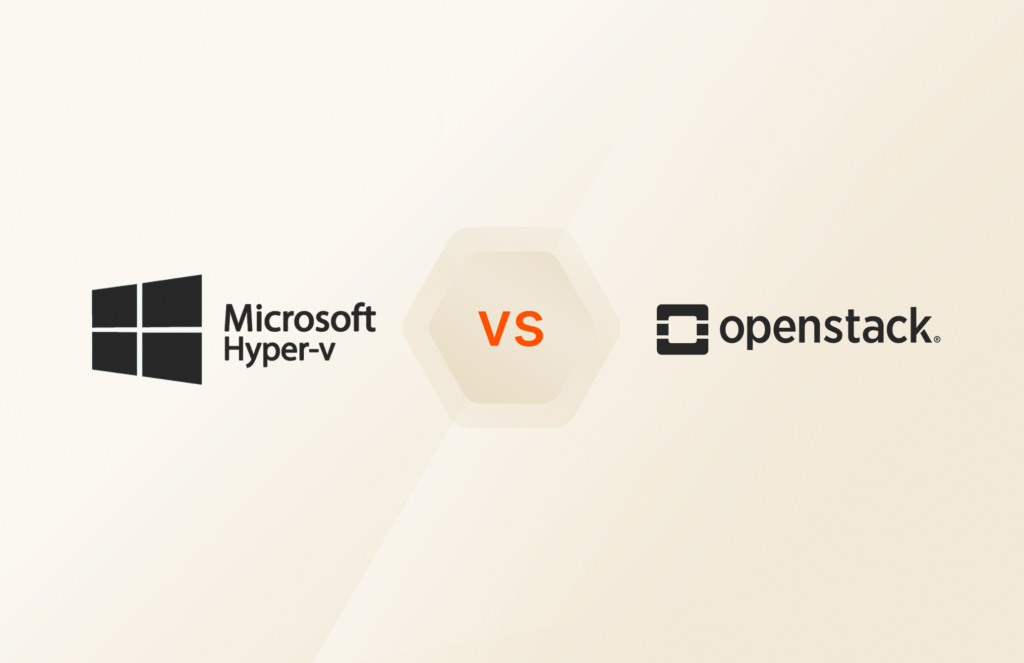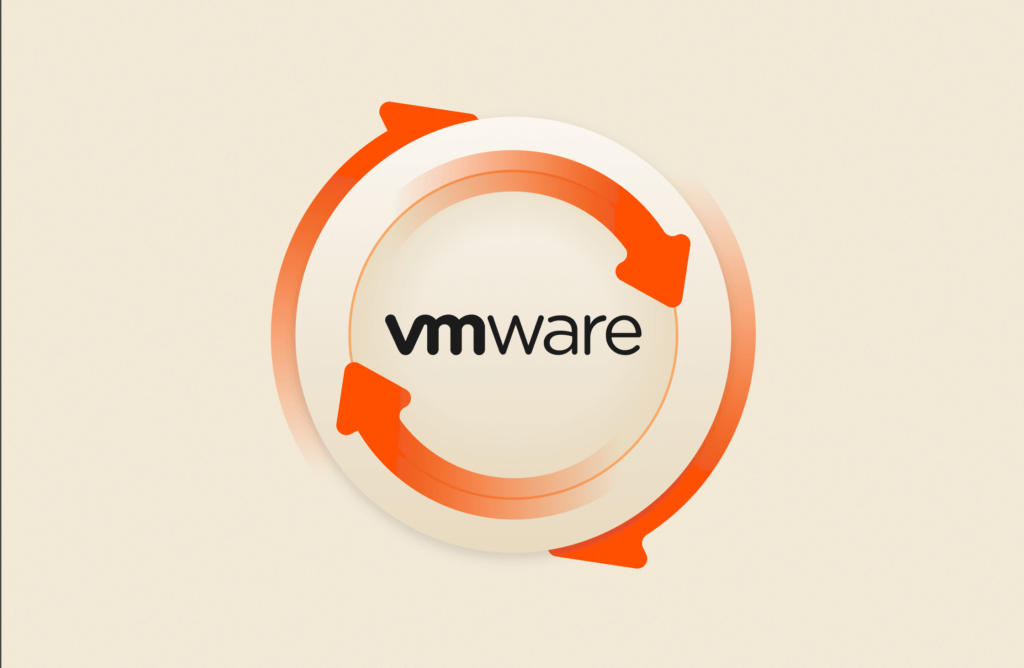Data platforms now come in all shapes, sizes, and purposes. Some highlight “real time” capabilities, others scale, and others performance. Some are geared toward manufacturing, while others are for healthcare or finance. Some are cloud-based, some on-premises, some hybrid.
In short, “data platform” is a general term that deserves quite a bit of unpacking. What does a data platform even do?
Read on for the key features, types, benefits, and best practices for a data platform.
The Data Platform, Defined
A data platform is a comprehensive technology solution designed to manage, store, process, and analyze large volumes of data from various sources. It serves as the backbone for organizing and making sense of data within an organization. The primary role of a data platform is to facilitate data-driven decisions by providing tools and capabilities for data management, integration, analysis, and visualization. Data platforms have also become essential tools for supporting AI and machine learning, and, in doing so, accelerating innovation across organizations.
Data platforms can also help consolidate systems, overcome downtime, increase agility, and decrease costs.
Difference between Data Platforms and Traditional Databases
Data platforms differ from traditional databases or data management systems in several key ways. Primarily, they are more flexible and scalable, but let’s dig into each key difference. These key differences comprise the features and capabilities of the multitude of completely disparate comprehensive systems the data platforms replace.
More Scope and Complexity
Traditional databases are typically designed to handle structured data in a specific format and are optimized for Online Transactional Processing (OLTP) or Online Analytical Processing (OLAP). In contrast, data platforms are more comprehensive and complex solutions that can handle all data types, including structured, semi-structured, and unstructured data. They support a wide range of data processing and analysis tasks and can offer things like unified block and file storage.
Data Variety and Volume
Traditional databases usually have trouble handling large volumes of data or data in various formats. As such, they can struggle to scale effectively to meet the demands of big data applications. Data platforms, on the other hand, are built to handle massive volumes of data from diverse sources and can scale horizontally to accommodate growing data needs.
Data Processing Capabilities
Traditional databases excel at transactional processing and simple query operations. On the other hand, data platforms offer more advanced data processing capabilities because they support distributed computing frameworks like Apache Hadoop, Apache Spark, and others, enabling complex data processing tasks such as batch processing, stream processing, machine learning, and advanced analytics. They also enable powerful data analytics pipelines that include data warehouses and lakes.
Flexibility and Extensibility
Data platforms provide greater flexibility and extensibility than traditional databases. They offer support for multiple data storage and processing technologies, allowing organizations to choose the most suitable tools and frameworks for their specific requirements. Data platforms can adapt to evolving data needs and integrate with a wide range of data sources and third-party applications.
Analytics and Insights
Data platforms offer advanced analytics and visualization capabilities that go beyond traditional database systems. They provide tools and frameworks for exploratory data analysis, statistical analysis, data mining, machine learning, and interactive visualization of data, enabling organizations to derive valuable insights and make informed decisions.
Benefits of Data Platforms
As already alluded to, data platforms offer many advantages, especially around scalability and flexibility, but let’s dig into a few of the more specific advantages that data platforms provide.
Improved Decision-making
Data platforms enable organizations to make better—i.e., more timely and relevant—decisions by letting them collect, store, and analyze vast amounts of data from various sources. An example would be the way Netflix uses its data platform to analyze viewer preferences, viewing patterns, and content performance to personalize recommendations, optimize content production, and inform licensing decisions, ultimately enhancing the viewer experience and driving subscriber growth.
Enhanced Customer Insights
Data platforms enable businesses to capture and analyze customer data across multiple touchpoints, including interactions with websites, mobile apps, social media, and customer service channels. By gaining a holistic view of customer behavior, preferences, and sentiment, organizations can segment their customer base, personalize marketing campaigns, tailor products and services to meet customer needs, and improve customer satisfaction and loyalty. Amazon, for example, uses its data platform to analyze customer purchase history, browsing behavior, and demographic information to provide personalized product recommendations, targeted advertising, and proactive customer support, resulting in increased sales and customer retention.
Increased Operational Efficiency
Data platforms streamline data management processes, automate repetitive tasks, and eliminate silos by integrating data from disparate sources into a unified repository. This enables organizations to analyze data more efficiently, identify inefficiencies, optimize workflows, and drive operational excellence across various business functions such as sales, marketing, finance, supply chain, and human resources. For example, Walmart leverages its data platform to analyze inventory levels, sales trends, and customer demand in real time, enabling dynamic pricing, demand forecasting, and inventory optimization, which helps reduce stockouts, minimize excess inventory, and improve overall supply chain efficiency.
Competitive Edge
By harnessing the power of data and analytics, businesses can gain a competitive edge in their industry. Data platforms enable organizations to innovate faster, identify emerging opportunities, mitigate risks, and respond quickly to changing market conditions. By delivering superior products, services, and customer experiences, businesses can differentiate themselves from competitors and capture market share. Airbnb, for example, uses its data platform to analyze traveler preferences, booking patterns, and property listings to optimize search rankings, pricing recommendations, and user experiences, enabling the company to disrupt the hospitality industry and become a market leader in the sharing economy.
Types of Data Platforms
As previously mentioned, there are many different types of data platforms. Let’s explore different types of data platforms along with their advantages, disadvantages, and examples.
Cloud-based Data Platforms
Advantages
Cloud-based data platforms offer elastic scalability, allowing organizations to scale resources up or down based on demand. Their pay-as-you-go pricing models reduce upfront infrastructure costs and allow organizations to pay only for the resources they use. Another great thing about cloud-based platforms is that they can be accessed from anywhere with an internet connection, promoting collaboration and remote work. Furthermore, many cloud providers offer managed data services, handling maintenance, updates, and security, reducing the burden on internal IT teams.
Disadvantages
Organizations may have concerns about data security and privacy when storing sensitive data in the cloud. Relying on internet connectivity can also pose challenges in areas with limited or unstable internet access. Finally, migrating data and applications between cloud providers can be complex and costly, leading to vendor lock-in.
Examples
One example of a cloud-based data platform is Amazon Web Services (AWS), which offers various data services like Amazon Redshift for data warehousing, Amazon EMR for big data processing, and Amazon Aurora for relational databases. Another example is Microsoft Azure, which provides services such as Azure Synapse Analytics, Azure HDInsight, and Azure SQL Database for data management and analytics. Google Cloud Platform (GCP) is a cloud-based data platform, offering solutions like BigQuery for data warehousing, Dataflow for stream processing, and Firestore for NoSQL database management.
On-premises Data Platforms
Advantages
On-premises data platforms provide organizations with full control over their data and infrastructure. Organizations can ensure compliance with data regulations and maintain data sovereignty by keeping data on premises. On-premises deployments typically involve upfront hardware investments, resulting in predictable costs over time.
Disadvantages
On-premises data platforms, particularly legacy platforms, tend to face scalability issues that require additional hardware upgrades. Organizations are responsible for maintaining the hardware, software, and security of these platforms, which requires dedicated IT resources. On-premises deployments may also lack the agility and flexibility of cloud-based solutions, making it challenging to adapt to changing business needs. One answer to this issue is to go with a storage-as-a-service platform like Pure’s Evergreen, which removes the need for constant upgrades.
Examples
Oracle provides Oracle Database, an on-premises database solution for relational database management, data warehousing, and big data processing. IBM offers on-premises database solutions like Db2 for transaction processing, Db2 Warehouse for analytics, and Db2 Big SQL for big data analytics. SAP HANA is an in-memory data platform that can be deployed on-premises for real-time analytics and data processing. Pure Storage offers its own on-premises data platforms such as FlashArray for unified file and block storage and FlashBlade for unified file and object storage.
Hybrid Data Platforms
Advantages
Hybrid data platforms like FlashStack® offer the flexibility to leverage both on-premises and cloud resources, allowing organizations to optimize performance, cost, and compliance requirements. Organizations can scale workloads dynamically across on-premises and cloud environments based on demand, ensuring optimal resource utilization. Hybrid data platforms enable seamless data movement between on-premises and cloud environments, supporting hybrid analytics and disaster recovery strategies.
Disadvantages
Without expert support, managing hybrid data environments can be complex, requiring integration between on-premises infrastructure and cloud services, as well as coordination between different IT teams. Ensuring data security and compliance across hybrid environments can also be challenging due to the distributed nature of data and potential regulatory requirements. There are also cost concerns: Organizations need to carefully manage costs associated with data transfer, storage, and compute resources in hybrid deployments to avoid unexpected expenses.
Examples
Microsoft Azure offers hybrid data services such as Azure Arc for managing on-premises and cloud resources, Azure Stack for building hybrid applications, and Azure Data Box for offline data transfer. Google Anthos enables organizations to build and manage hybrid cloud environments using Kubernetes-based containerized applications, supporting workload portability and consistency across on-premises and cloud environments. VMware Cloud Foundation provides a unified platform for deploying and managing hybrid cloud environments, allowing organizations to seamlessly extend their on-premises infrastructure to the cloud while maintaining consistency and control.
Best Practices for Implementing a Data Platform
Implementing a data platform can be a complex endeavor, but following best practices can help ensure a successful implementation and maximize the benefits for your organization.
Here are some practical tips and guidelines:
1. Define clear objectives and requirements
Start by clearly defining your organization’s goals and requirements for the data platform. Identify the specific business problems you aim to solve, the types of data you need to collect and analyze, and the key performance indicators (KPIs) you will use to measure success. Align the data platform implementation plan with your overall business strategy to ensure it delivers tangible value.
2. Ensure data quality and governance
Invest in data quality initiatives to ensure that the data ingested into the platform is accurate, complete, and consistent. Establish data governance policies and procedures to define roles and responsibilities, enforce data standards, ensure compliance with regulations, and protect sensitive information. Implement data profiling, cleansing, and validation processes to maintain high-quality data throughout its lifecycle.
3. Plan for scalability and flexibility
Design the data platform with scalability and flexibility in mind to accommodate future growth and evolving business needs. Choose scalable storage and processing technologies that can handle increasing volumes of data and support diverse workloads. Embrace cloud-based solutions for elasticity and agility, allowing you to scale resources up or down as needed.
4. Integrate with existing systems
Ensure seamless integration between the data platform and existing systems, applications, and data sources within your organization’s ecosystem. Leverage integration tools, APIs, and connectors to facilitate data ingestion, extraction, and synchronization processes. Aim for a unified data architecture that enables data flow across systems and promotes interoperability.
5. Provide comprehensive user training
Invest in comprehensive training programs to educate users on how to effectively use the data platform’s capabilities. Offer training sessions, workshops, and online resources to familiarize users with data access tools, query languages, analytics techniques, and best practices for data visualization. Empower users to leverage data insights to make informed decisions and drive business outcomes.
6. Establish ongoing maintenance and monitoring
Implement robust monitoring and alerting mechanisms to continuously monitor the performance, availability, and security of the data platform. Use monitoring tools to track key metrics such as data latency, throughput, resource utilization, and query performance. Establish regular maintenance routines for software updates, security patches, and data backups to ensure the reliability and integrity of the platform.
7. Optimize performance and efficiency
Continuously optimize the data platform to improve performance, efficiency, and cost-effectiveness. Conduct performance-tuning exercises to identify bottlenecks, optimize query execution plans, and fine-tune resource allocations. Implement caching mechanisms, data partitioning strategies, and indexing techniques to accelerate data retrieval and processing. Evaluate cost optimization strategies such as data lifecycle management, resource consolidation, and usage-based pricing models to minimize operational expenses.
8. Foster a culture of data-driven decision-making
Promote a culture of data-driven decision-making within your organization by encouraging collaboration, knowledge sharing, and data literacy among employees. Foster cross-functional teams that include data scientists, analysts, domain experts, and business stakeholders to collaborate on data projects and derive actionable insights. Encourage experimentation and innovation by providing access to self-service analytics tools and sandbox environments where users can explore data and test hypotheses.
What Your Data Platform Vendor Should Provide
What should you look for in a data platform? That will depend on your particular business and its needs, but there are certain things every company should be looking for its data platform to provide. These include:
A Single, Unified Pool of Data Storage
Designed from the ground up to offer the only unified storage solution built for the cloud era, Pure1 lets you access autonomous back-end management, flexible subscription options, and user-friendly interfaces for effortless access. Using Pure1 means having far fewer systems to manage. Bring all your traditional and modern workloads onto a single unified platform, streamlining operations forever.
Reduced Architecture Complexity
Your data platform should help you reduce your IT architecture complexity—otherwise known as “simplifying your stack.” The importance of this cannot be understated as it relates directly to the other items mentioned below: reduced costs and increased reliability. Pure’s Fusion lets you fully automate your enterprise storag, deploy and scale workloads across any environment, streamline complex tasks, and boost efficiency, enabling your business to focus on growth while reducing risks and overhead.
Always Modern, Software-Driven Design
Pure’s agile Evergreen architecture sets you up for the future so you can stay modern for 10+ years non-disruptively and seamlessly adapt your infrastructure to changing business needs. Pure Evergreen Storage Program was designed to simplify data storage expansion and modernization to protect and improve on your investment and eliminate disruption, all of which saves money and time.
Reduced Costs
Costs relate directly to complexity. The more tech stack layers you have to deal with, the more resources you need to dedicate to making those layers work together well, and the more chances there are of things going wrong. All of this comes back to your bottom line. Pure Cloud Block Store slashes your cloud storage costs with superior data reduction and enterprise-grade data services.
Increased Reliability
Having guaranteed uninterrupted access to data, especially during system changes or updates, is critical. Any compromise to data availability, performance, or uptime poses a substantial risk to operations and significantly impacts your customers. Your data platform vendor should be able to guarantee high availability, optimized performance, and zero downtime.
Pure Storage is a data platform designed for all of the above. Pure Storage products and solutions form a comprehensive data platform both on premises and in the cloud, delivering a complete data platform agile and scalable enough to support AI workloads.
We don’t just talk the talk—we walk it. See why a few of our customers chose Pure Storage as their data platform:
Learn how Meta is powering the future of AI with Pure Storage.
Learn how Ford increased developer productivity with Portworx®.
Learn how Comcast cut millions in operating costs with Pure Storage.
Want to be added to the success list? Get started with Pure Storage today.

Written By:






